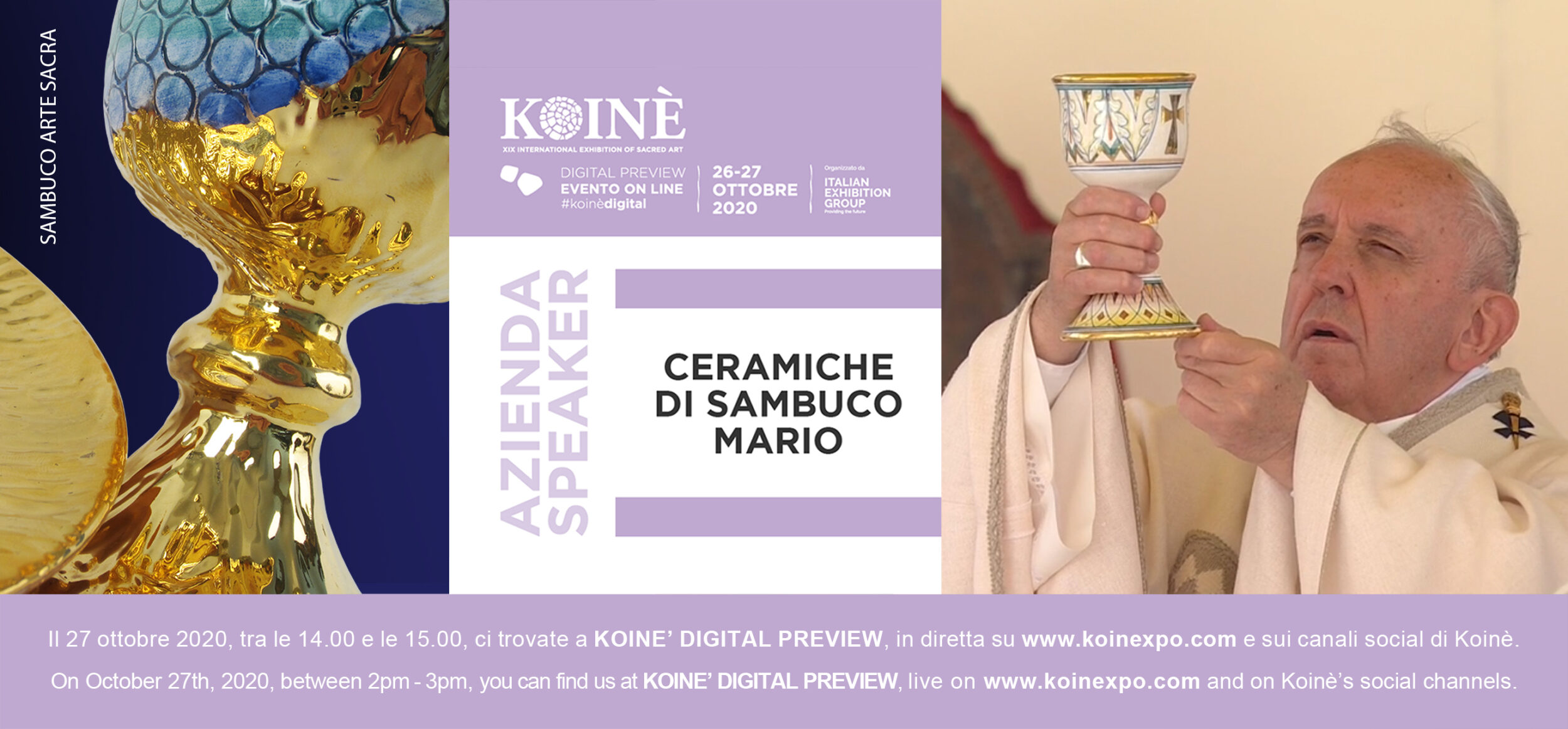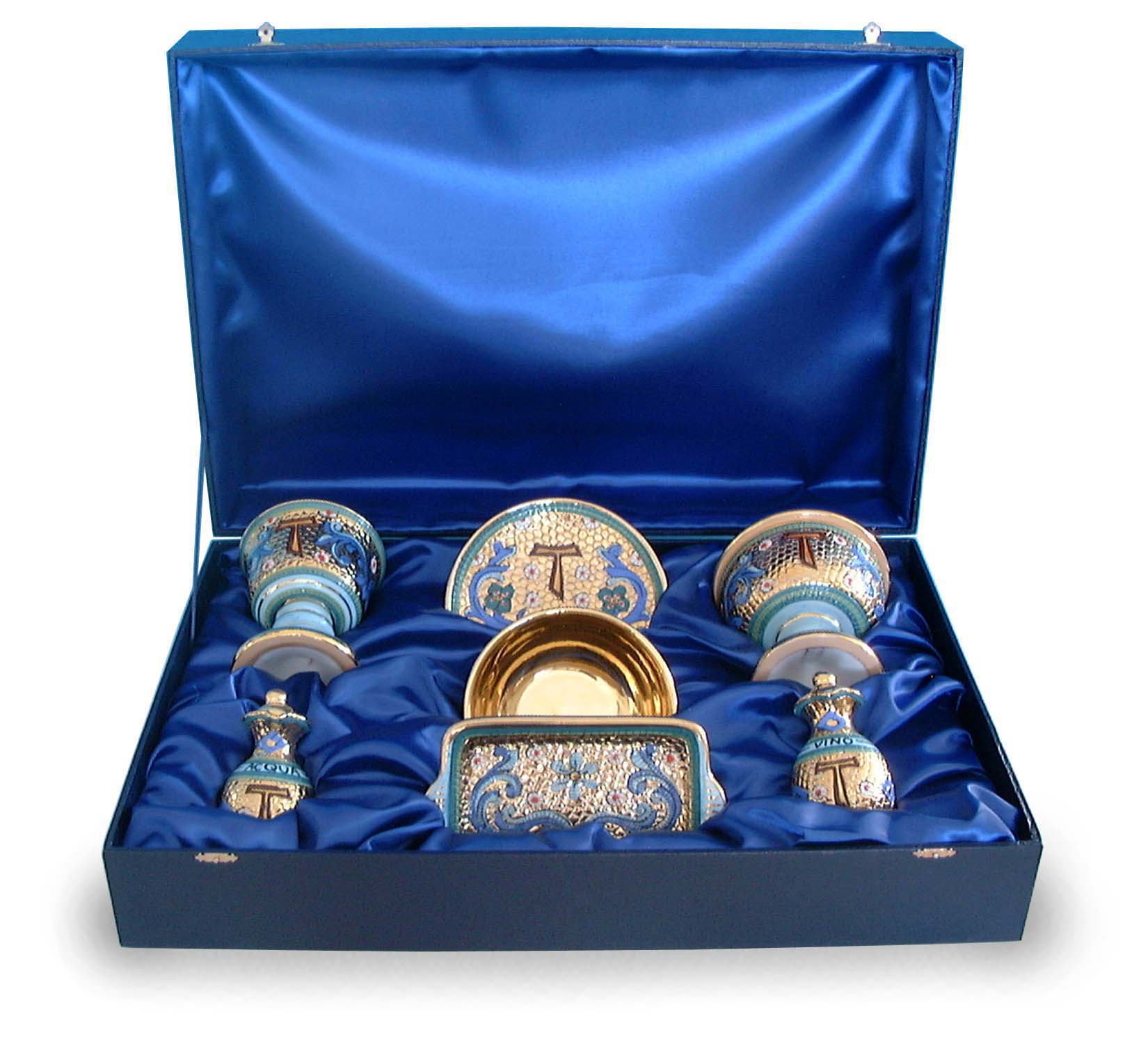The encyclical “Sacrosantum Concilium” indicates “among the noblest activities of human ingenuity, fine arts, especially religious art and its summit, sacred art, are counted with full rights. By their nature, they have a relationship with the infinite divine beauty that must be expressed in some way by human works, and are all more oriented to God and to increase of his praise and glory, as no other aim was assigned to them except to contribute as effectively as possible, with their works, to religiously directing the minds of people to God. For these reasons the Holy Mother Church has always favored fine arts, and has always sought their noble service, especially to ensure that things belonging to the sacred cult truly shone in dignity, decorum and beauty, to signify and symbolize the supernatural realities “.
“The Church has always rightly considered herself an arbitrator, choosing from among the works of artists those who responded to faith, piety and religiously handed down rules that were suitable for sacred use. With special solicitude Church was concerned that the sacred furnishings should serve with its dignity and beauty to the decoration of worship, admitting in the matter, in form and in ornamentation those changes that the progress of technology has introduced over the centuries “.
From same encyclical we find the need to display in churches sacred images to veneration of the faithful but in limited numbers and according to a just provision, “so that they do not exaggerate the admiration of Christian people and do not favor unregulated devotion.”¹
¹ Source: http://www.vatican.va/archive/

